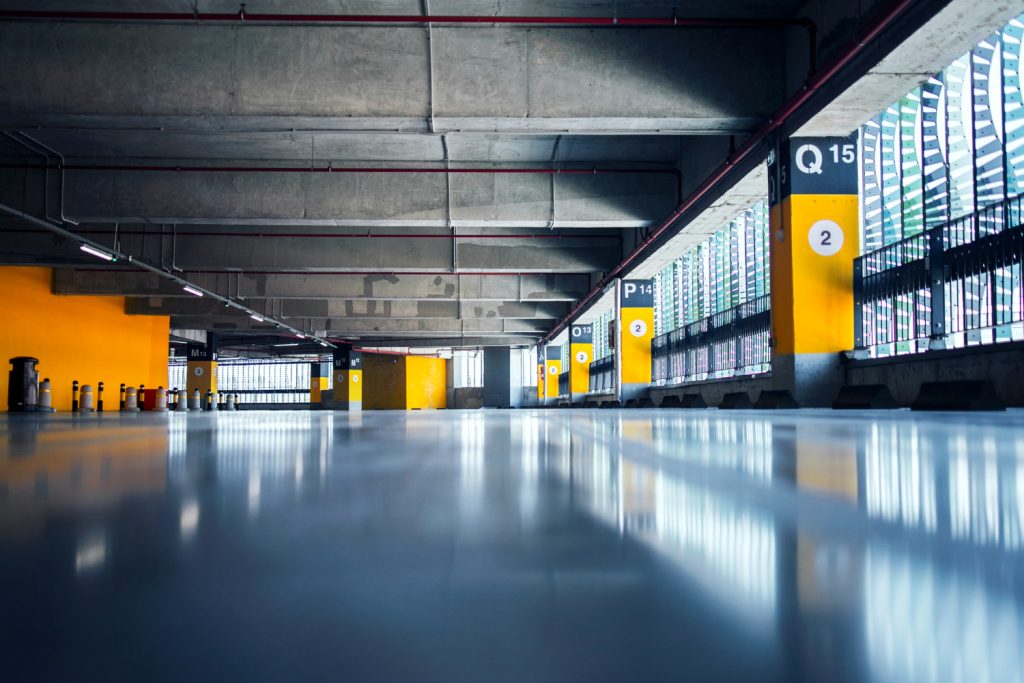In high-traffic and heavy-duty environments, the floor beneath your feet does more than support equipment and personnel; it plays a crucial role in overall safety. Industrial flooring is a foundational element in maintaining a secure, efficient, and compliant workspace. When thoughtfully selected and properly installed, it can significantly reduce workplace hazards, boost productivity, and extend the life of your facility’s infrastructure.
Reducing Slips, Trips and Falls
One of the most common workplace incidents in industrial environments is slipping or tripping. The right flooring solution can mitigate this risk. Anti-slip coatings, textured surfaces, and marked pathways help prevent accidents in areas prone to moisture, oils, or debris. In environments such as chemical plants or food processing units, floors that resist liquids and provide grip even when wet are essential.
Supporting Heavy Loads and High Impact
In factories and distribution centres, flooring must endure the weight of heavy machinery, forklifts, and pallet loads. Uneven, cracked, or degraded surfaces increase the likelihood of tipping accidents, equipment malfunction, or strain injuries among workers. Durable industrial flooring, such as epoxy or polyurethane systems, can handle significant loads without deterioration, maintaining a safe and stable working environment.
Chemical and Thermal Resistance
Certain industries deal with corrosive materials or drastic temperature changes. Flooring that can resist chemical spills or thermal shock prevents surface degradation, which can lead to hidden hazards such as subsurface cracking. This not only preserves structural integrity but also reduces the frequency of maintenance shutdowns, keeping operations safe and uninterrupted.
Zoning and Safety Demarcation
Flooring also plays a visual role in safety. Colour-coded zones for walkways, hazardous areas, or machinery operation zones improve traffic flow and reduce confusion, especially in noisy or fast-paced environments. Seamless flooring allows for clearer demarcation and compliance with OH&S standards, ensuring everyone on-site understands spatial boundaries and responsibilities.
Hygiene and Cleanability
In industries like pharmaceuticals or food manufacturing, cleanliness is synonymous with safety. Smooth, non-porous flooring that resists bacterial growth and is easy to sanitise minimises contamination risks. It also reduces exposure to allergens or airborne particulates, contributing to a healthier workplace environment overall.
Noise and Vibration Control
Unexpectedly, flooring can also reduce ambient noise and absorb vibration from machinery, critical in preventing long-term hearing damage and creating a safer, more comfortable working space.
From load-bearing performance to visual zoning, industrial flooring is more than a surface, it’s a strategic safety asset. Whether you’re building new or upgrading, investing in flooring designed for your environment not only protects your workforce but also ensures compliance, longevity, and operational excellence. In facilities with high traffic, like those using warehouse flooring, this decision is never trivial, it’s foundational.

